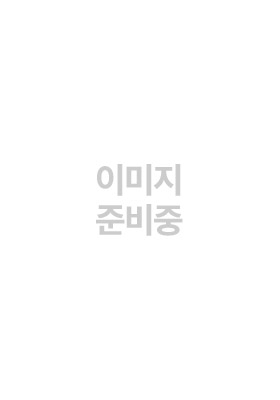Grounding themselves in professional education yet pursing individualistic styles, these artists endeavored to become painters in the modern sense. The self-esteem and pride of this generation was explicitly expressed in Lee Qoede’s Self-Portrait in Traditional Coat (late 1940s), which was produced immediately after the country’s liberation from Japan. Painters of this generation can be viewed as imposing a shared duty upon themselves, albeit to varying degrees and using different methods. This collective mission was to determine how to keep traditional Korean aesthetics in harmony with new Western art trends. Each using their own specific means, the painters responded in their works to the question of how historical elements such the aesthetics of simple white porcelain, the imagination and vigorous spirit of ancient Koreans as seen in tomb murals of the ancient Korean kingdom of Goguryeo, the elegant lines of ink-and- wash paintings, and the modest and amiable styles of the Joseon Dynasty could be incorporated into the oil painting forms introduced from the West.
---「PART 1 FROM “CALLIGRAPHY AND PAINTING” TO “FINE ART”_Introduction, Kim Inhye」중에서
The political turmoil that followed in the aftermath of independence?the division into two Koreas, and the ideological conflicts between capitalism and socialism, and social conservatives and liberals?pushed many artists to more intensively search for a means through which to manifest their concerns. Even amid the chaos of the various conflicting associations and organizations, artists right after independence proactively organized and participated in exhibitions to show the types of work and ideas that they had been prevented from presenting in the previous years. The first large scale exhibition was the Art Exhibition in Celebration of National Independence, the first exhibition organized by the Korean Art Construction Headquarters, held at Seokjojeon Hall of Deoksugung Palace from October 20 to 30, 1945. This exhibition, featuring 132 works by ninety- seven artists from all over the country, was organized in just two months, but was considered a successful event in marking the foundation of the country.
---「PART 2 ART IN A TIME OF WAR AND DIVISION_Introduction, Liu Jienne」중에서
The progress of urbanization and industrialization led to social changes, which in turn led to artists’ budding interest in new media and forms such as op art, Neo-Dada, pop art, happenings, and event art. These artists embraced new techniques in their formal experimentation, establishing Korean experimental art in the 1960s and breaking down the boundaries of the field. However, some forms of performance art (such as happenings) were treated as unseemly by the government and censored and restricted. Following the dissolution of the AG, experimental art was passed down through the Space and Time Group (ST). But without a singular dominant formal style, the experimental art scene began to decline. It was around this time that artists began to follow the painterly trend of Dansaekhwa, meaning “monochrome painting.”
---「PART 3 THE TRADITION/MODERNITY DYNAMIC IN THE MODERNIZATION ERA_Introduction, Park Youngran」중에서
Meanwhile, there also existed alternative art movements in which the participating artists completely abandoned the institutional system centered around Seoul. Some considered the rhythm of nature to be of the utmost importance, and desired to accept art as a wider part of human experience. Pursuing the so-called practice of “nature art” (jayeon misul), they separated themselves from artificial, built exhibition spaces and mainstream art activities, and attempted to realize the unity of art and life. In exhibitions including Geumgang Contemporary Art Festival (1980) and Winter, Open-Air Art Show at Daesung-ri by 31 Artists (1981), many artists presented installations, performances, plays and poetry readings to combine the experience of art and nature at a fundamental level. Later, they continued the practices of ecological art in exhibitions, such as Winter, Open-Air Art Show at Daesung-ri or through organizations, such as Korean Nature Artists’ Association·YATOO.
---「PART 4 DEMOCRATIZATION AND THE PLURALIZATION OF ART_Introduction, Kang Soojung」중에서
Public support for artists also diversified. Korea Culture and Arts Foundation, an entity that was originally founded in 1973, was newly launched as the Arts Council Korea, a private autonomous organization following the 2005 Culture and Arts Promotion Act. The Korea Arts Management Service was also established in 2006 to systemically support artwork distribution and artists’ autonomy. Creative studios that provided workspaces and supported artists’ creative endeavors were also established and later developed organized residency programs. The Gwangju Museum of Art formed the Palgakjeong Art Studio in 1995, and the MMCA began the Changdong and Goyang Residencies in 2002 and 2004 respectively which were followed by many more public and private residencies peppered across the country. Around the turn of the millennium, alternative spaces also emerged to support up-and-coming artists. These provided exhibition spaces and support for young artists who had been unable to find a foothold in the mainstream after the chaos caused to the art market by the IMF crisis in 1997.
---「PART 5 GLOBALISM AND CONTEMPORARY KOREAN ART_Introduction, Kim Kyoung-woon」중에서
